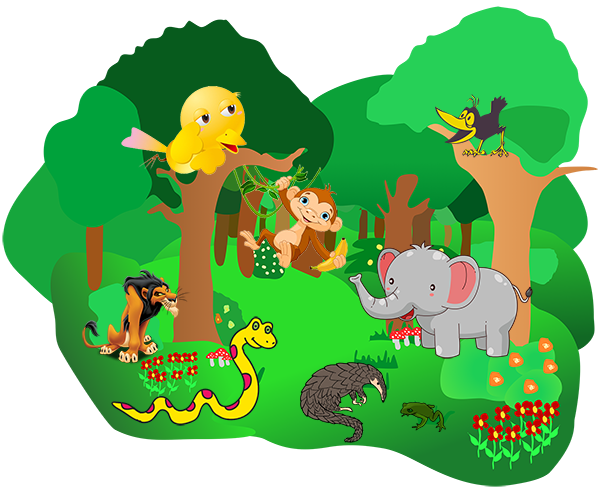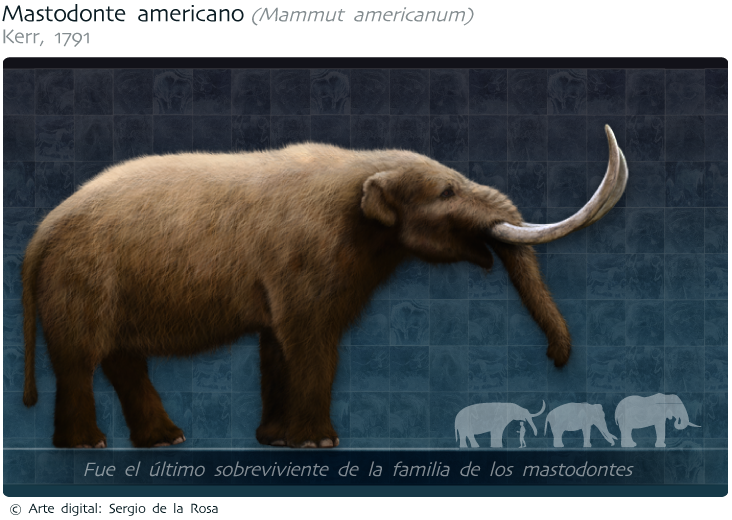

“They essentially carry diaries of their lives around with them,” says Fisher. Thanks to fossils, preserved tracks, recent finds of proboscideans frozen in permafrost, and new technologies used to probe these ancient lineages, researchers are learning more about the lives and deaths of proboscideans, says Daniel Fisher, a paleontologist at the University of Michigan in Ann Arbor.ĭick Mol and colleagues’ find of the bones of the Yukagir Mammoth in Siberia inspired the creation of this replica of the extinct animal, tusks, hair and all.ĬREDIT: REMIE BAKKER, MANIMAL WORKS, ROTTERDAMįisher studies fossil tusks because they grew throughout the animal’s life, preserving a record of nutrient intake and habits. Their trunks and tusks make them all recognizable cousins.

It also included mammoths, mastodons, and less well-known members such as stegodons and gomphotheres. Even back then, elephants were the most plentiful, diverse and widely distributed of this group, the Proboscidea. But during the Pleistocene epoch, between 2.6 million and 11,700 years ago, elephants and their diverse relatives stomped across an impressive swath of the globe, from the Arctic to South America. They’re now considered vulnerable in Africa and endangered in Asia. Today, elephant numbers have dwindled, as has their range.

The long-extinct creatures likely lived in matriarchal herds, while mature males roamed singly, much like their modern-day relatives: elephants. Luckily for paleontologists, clay-rich mud filled the animals’ footprints, preserving the tracks and giving scientists insights into the mastodons’ social structure. Some time later, three females and a gamboling calf passed the same way. One day, about 11,000 years ago, a lone bull mastodon plodded through the shallows of a lake in what today is Michigan.


 0 kommentar(er)
0 kommentar(er)
